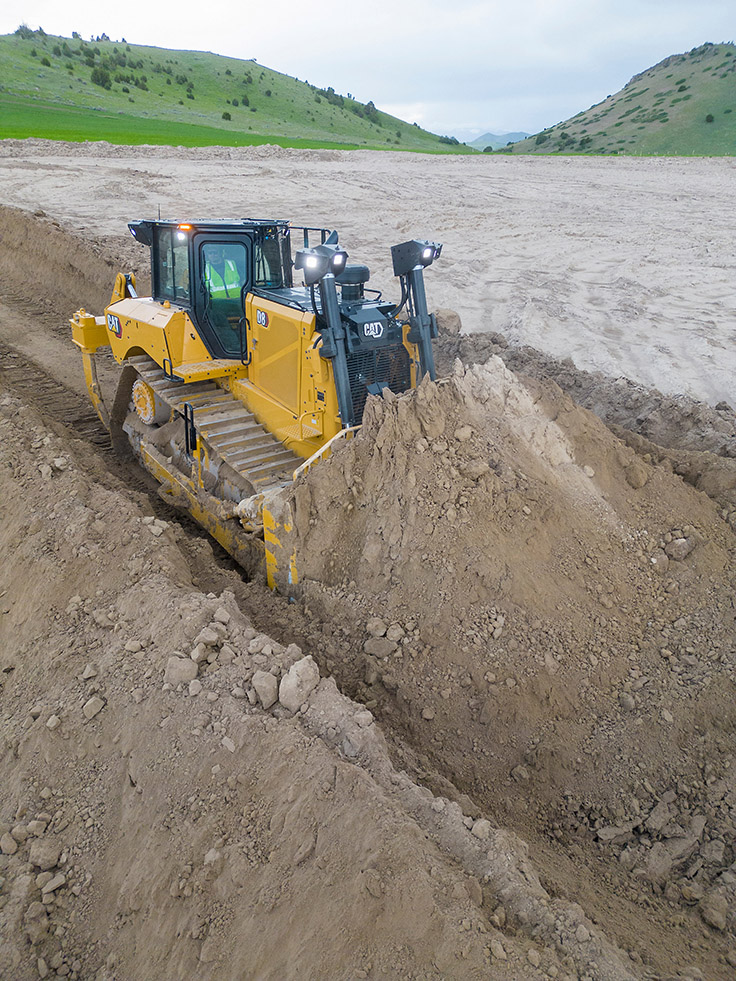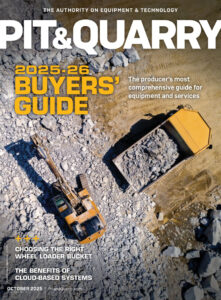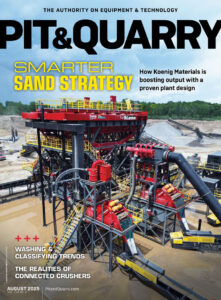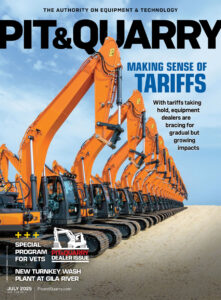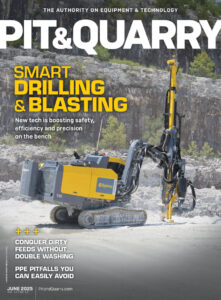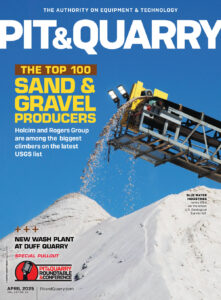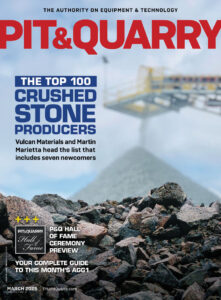Using the right maintenance practices, mobile crushers can be dependable throughout their working life.
Crushing material, of course, results in excessive wear on components, excessive vibration throughout the plant, and excessive dust in the working environment.
The crusher feed
The first area of wear on crushing machines is the feed system.
Whether a feeder has an integrated grizzly or an independent prescreen, how the machine is fed contributes to wear.
When setting up and maintaining a machine, it must be level. A machine that is not level left to right will experience increased wear on all components – including the feeder, screens, crushing chambers and conveyor belts.
Additionally, a machine that is not level reduces production and screening efficiency, as the whole area of the machine is not being used effectively. Consider, too, that having a machine sit high at the discharge end will have the effect of feeding material uphill in the feeder and reduce its efficiency, thus reducing production.
Fighting dust
Dust is another deterrent – especially for the power plant of the mobile crusher.
In very dusty applications, it is easy to plug the radiator and have engine-overheating problems. High-dust levels cause increased maintenance intervals on air filters. If not properly controlled, dust can enter the diesel tank and cause problems with the fuel system.
Also, dust that gets inside the crusher increases wear. Systems, however, can be put in place to remove dust should it make its way into a machine.
Dust is also a hazard on walkways, and it’s a problem for conveyors. If maintained, side-skirting and sealing the conveyors keeps dust from spilling out, building up underneath the conveyor or in rollers, pulleys and bearings, causing wear on shafts.
Inside the crusher
The major wear part for a mobile crushing plant is the crusher itself.
In jaw crushers, the major wear parts are very limited – only a fixed jaw and a swing jaw, and two or four side or cheek plates.
Impact crushers have more wear items associated with them. The blow bars, which hit the rock and make it explode inside the machine, take most of the wear.
There are also impact aprons against which the rock is thrown. These also see high wear.
The highest wear area is around the impact crusher itself – around the circumference of the rotor. If not maintained, wear items will wear through and compromise the structure of the crusher box.
To combat wear, conduct daily visual checks of the machine. Jaws are simple: just stand up on the walkway and take a look down inside. A crusher’s jaw plate can be flipped, as there are two sides of wear on them. Once half the jaw is worn, flip it. Once the second side is worn, change it.
Impact crushers have an inspection hatch to see inside. Check to see how much material is left on blow bars and how much is left on wear sheets on the side of the crusher box. If half the bar is worn out after one week, change the blow bars in another week. The frequency of changes depends entirely on the application and the rock that’s being crushed.
Related: Suggestions for effective secondary crushing
Information for this article derived from Pit & Quarry University. Learn more at pitandquarry.com/pqu.



